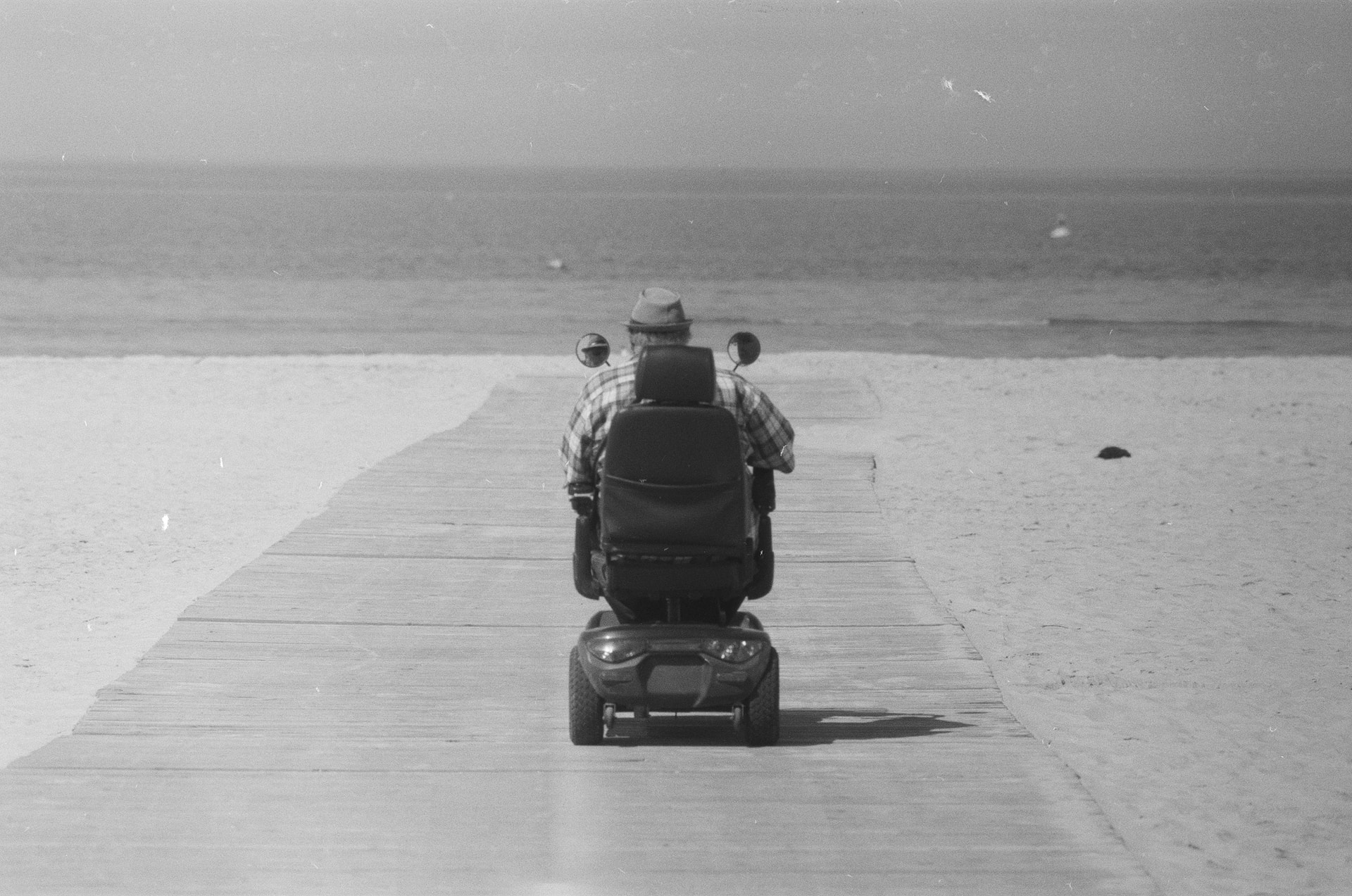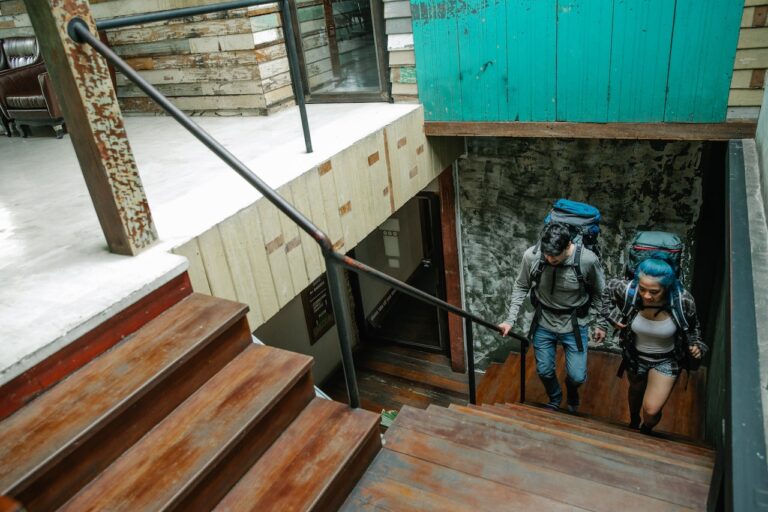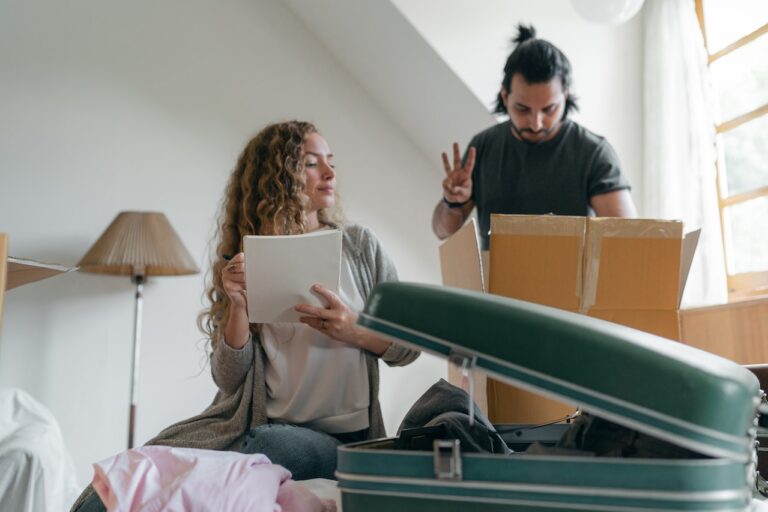Ensuring Accessibility and Inclusivity in Your Rental
Are you considering turning your property into an Airbnb for profit? It’s a smart move – the short-term rental market has exploded in recent years, offering homeowners like you an incredible opportunity to generate extra income. However, before you jump into this venture, it’s essential to consider how you can make your rental accessible and inclusive for all guests. By doing so, you not only expand your potential customer base but also contribute to a more inclusive and welcoming society. Here, we’ll explore practical tips and ideas to help you ensure accessibility and inclusivity in your rental.
Why Accessibility Matters
Ensuring that rental properties are accessible not only benefits individuals with disabilities but also opens up a wider potential customer base. Complying with accessibility measures also allows hosts to meet potential legal requirements on top of promoting inclusivity. Furthermore, a reason to consider accessibility is the potential for higher occupancy rates. By offering accessible features like wider doorways, ramps, and grab bars, rental properties can accommodate a broader range of guests, including elderly individuals and families with young children. This can lead to increased bookings and positive reviews, ultimately maximizing the profit potential for Airbnb hosts.
Here are practical tips and ideas to make your rental more accessible and inclusive:
1. Start with the Basics: Accessibility Features
The first step towards creating an accessible rental is to ensure that it meets basic accessibility standards. Consider installing ramps or lifts to accommodate guests with mobility challenges. Make sure doorways are wide enough for wheelchair access, and that there are grab bars in bathrooms for added safety. Additionally, think about incorporating features such as lever handles, adjustable-height countertops, and non-slip flooring to enhance accessibility for all guests.
2. Prioritize Communication and Information
To ensure inclusivity, it’s crucial to provide clear and comprehensive information about your rental. Make sure your listing accurately describes the accessibility features and any potential limitations. Include detailed information about the layout of the property, such as the number of steps, and whether there are any narrow passages or uneven surfaces. This way, guests with specific accessibility needs can make informed decisions before booking.
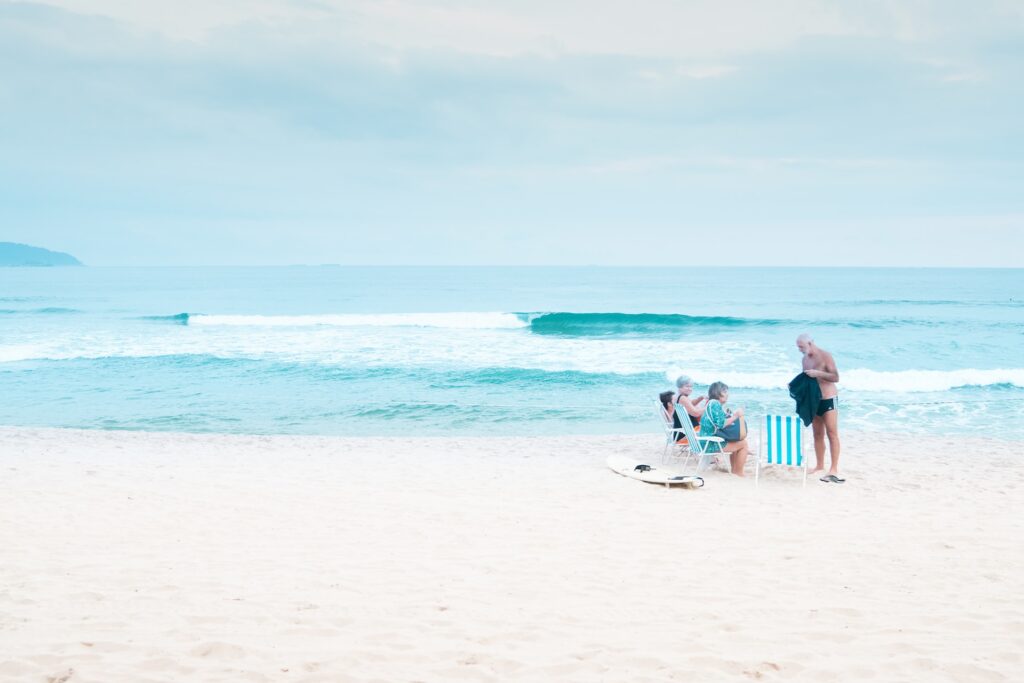
3. Invest in Universal Design
Universal design goes beyond accessibility requirements and focuses on creating spaces that are usable by people of all abilities. Consider incorporating universal design principles into your rental, such as adjustable lighting, easy-to-reach switches and outlets, and lever-style door handles. By implementing these features, you create a space that is convenient and comfortable for all guests, regardless of their abilities.
4. Pay Attention to Furniture and Layout
When designing your rental space, think about the furniture and layout in terms of accessibility and inclusivity. Opt for furniture that is easy to move and arrange, allowing guests to adapt the space to their specific needs. Ensure that there is clear and unobstructed navigation throughout the property, especially in high-traffic areas like hallways and entrances. By considering the needs of all guests, you create a more welcoming environment for everyone.
5. Consider Assisting Devices and Technology
Technology can play a significant role in ensuring accessibility and inclusivity in your rental. Consider investing in assistive devices such as hearing-impaired doorbells or visual emergency alerts. Provide options for guests with visual impairments, such as braille signage or large-print instructions. Additionally, explore the potential of smart home technology to enhance accessibility, such as voice-activated controls for lights, temperature, and appliances.
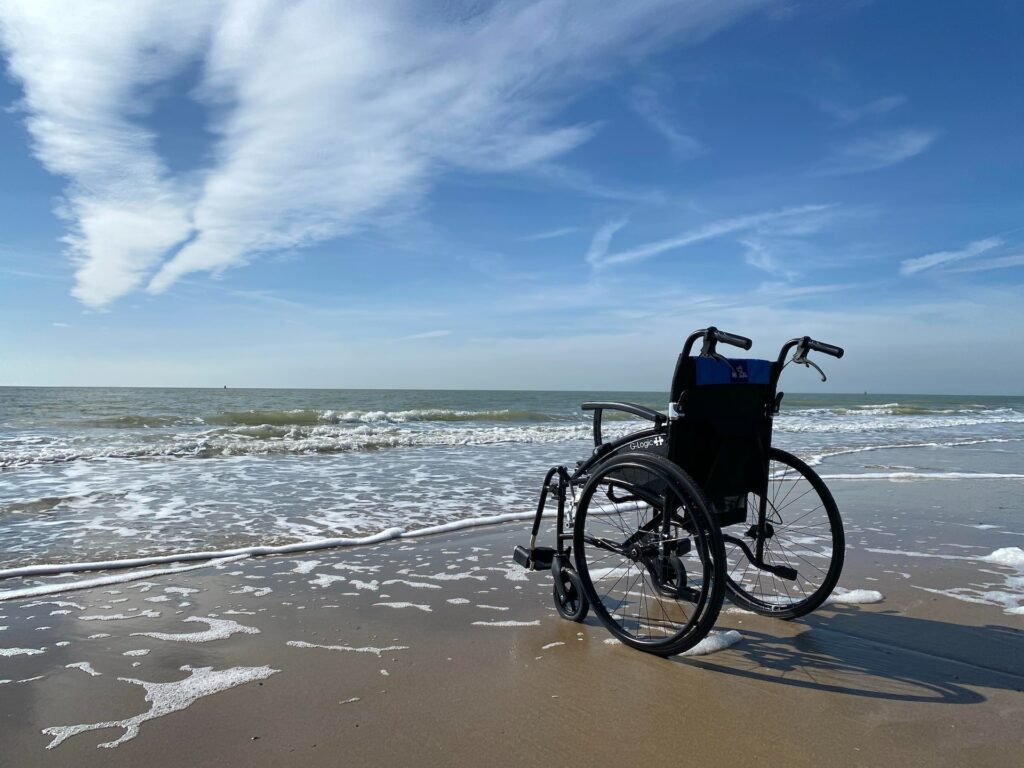
6. Collaborate with Accessibility Experts
If you want to go above and beyond in creating an accessible and inclusive rental, consider collaborating with accessibility experts. They can provide valuable insights and suggestions to improve your property’s accessibility features. These experts can also help you navigate any specific regulations or certifications related to accessibility in the short-term rental industry.
7. Foster a Culture of Inclusivity
Lastly, fostering a culture of inclusivity is essential for ensuring a positive experience for all your guests. Train your staff or property managers to be knowledgeable about accessibility features and how to assist guests with specific needs. Encourage open communication, so guests feel comfortable sharing their accessibility requirements. By creating an inclusive environment, you not only meet the needs of your guests but also build a strong reputation as a host who values diversity and accessibility.
8. Ongoing Accessibility Audits
Ongoing accessibility audits involve regularly assessing the property’s accessibility features and identifying areas of improvement. By doing so, property owners can ensure that their rental spaces are accessible to individuals with disabilities, thus promoting inclusivity and attracting a wider range of potential guests. These audits also demonstrate a commitment to providing a positive and inclusive experience for all renters, which can contribute to positive reviews and repeat bookings.
The Bottom Line
By ensuring accessibility and inclusivity in your rental, you open your doors to a wider range of guests and contribute to a more inclusive society. By implementing these tips and ideas, you can create a welcoming space that accommodates the needs of all guests, while also enjoying the financial benefits of running a successful Airbnb. Start your journey towards a more accessible and inclusive rental today!

